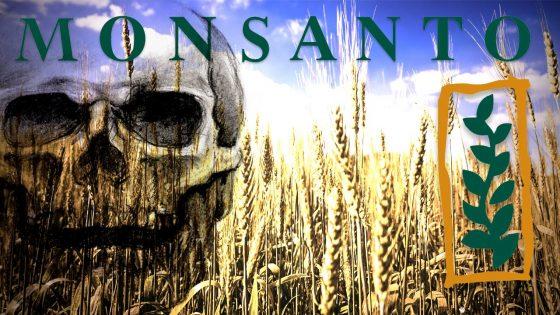Internal Documents: Monsanto Knew For Years Their Products Damaged Farms
Authored by Mac Slavo via SHTFplan.com,
According to internal documents, Monsanto and Germany’s BASF knew their products would destroy farms in the United States. The firms disregarded the risks even while they planned on how to profit off farmers who would buy Monsanto’s new seeds just to avoid the damages caused by their products.
The documents (some of them date back more than a decade) have been uncovered during a recent successful $265 million lawsuit brought against both firms by a Missouri farmer. The internal documents were seen and released by the Guardian. They also revealed how Monsanto opposed some third-party product testing, in order to curtail the generation of data that might have worried regulators. In some of the internal BASF emails, employees were even joking about sharing “voodoo science“ and hoping to stay “out of jail.”
“The documents are the worst that I’ve ever seen for any case that I’ve worked on,” said lawyer Angie Splittgerber, a former tobacco industry defense attorney who works with farmers who are suing Monsanto and BASF.
“So many of them put things in writing that were just horrifying.”
Unfortunately, this isn’t the first time Monsanto has been caught trying to hide the damages that are done with their products.
Records showed that at private meetings dating back to 2009, agricultural experts warned that the plan to develop a dicamba-tolerant system could have catastrophic consequences. Dicamba herbicide would normally kill crops such as soybean or cotton, but Monsanto altered the genes in these crops to create genetically modified varieties that are resistant to the herbicide. This meant that farmers can spray the weedkiller directly on those soybean or cotton plants to destroy weeds but leave the crops unharmed.
The experts told Monsanto that farmers were likely to spray old volatile versions of dicamba on the new dicamba-tolerant crops. They have warned that even new versions were still likely to be volatile enough to move away from the special cotton and soybean fields on to crops growing on other farms.
What is more important, under the system designed by Monsanto and BASF, only farmers buying Monsanto’s dicamba-tolerant cotton and soybean seeds would be protected from dicamba drift damage. –RT
According to a report prepared for Monsanto back in 2009 as part of industry consultation, such an “off-target movement“ was expected. The company also expected things such as massive “crop loss”, “lawsuits” and “negative press around pesticides.” Monsanto’s own projections estimated that dicamba damage claims from farmers would total more than 10,000 cases, including 1,305 in 2016, 2,765 in 2017 and 3,259 in 2018.
Both Monsanto and BASF defended their products, claiming dicamba is safe “when used correctly,” and marketed it as an important tool for farmers. Industry estimates suggest that several million acres of crops have now been reported damaged by dicamba. More than 100 US farmers are engaged in litigation in federal court alleging Monsanto and BASF collaboration created a “defective” crop system that has damaged orchards, gardens and organic and non-organic farm fields in multiple states.
Tyler Durden
Fri, 04/03/2020 – 03:55
